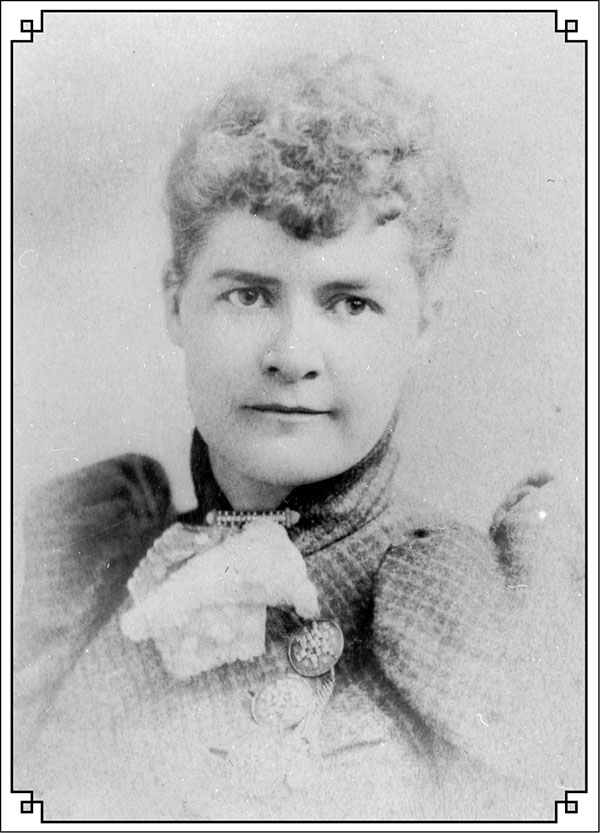Dr. Martha
Dr. Martha
An imprint of Rowman & Littlefield
TwoDot is a registered trademark of Rowman & Littlefield.
Distributed by NATIONAL BOOK NETWORK
Copyright 2009 by Mari Graa
TwoDot Paperback Edition, 2015
All rights reserved. No part of this book may be reproduced in any form or by any electronic or mechanical means, including information storage and retrieval systems, without written permission from the publisher, except by a reviewer who may quote passages in a review.
British Library Cataloguing in Publication Information Available
The Library of Congress has previously catalogued an earlier (hardcover) edition as follows:
Graa, Mari, 1936
Pioneer, polygamist, politician: the life of Dr. Martha Hughes Cannon / Mari Graa.
p. cm.
Includes bibliographical references.
ISBN 978-0-7627-5272-0
1. Cannon, Martha Hughes. 2. MormonsUtahBiography. 3. UtahBiography. 4. PhysiciansUtahBiography. 5. PolygamyUtah. 6. LegislatorsUtahBiography. 7. Utah. Legislature. SenateBiography. 8. UtahPolitics and government-20th century. I. Title.
BX8695.C26G73 2009
289.3092dc22
[B]
2009002897
ISBN 978-1-4422-4737-6 (pbk.)
ISBN 978-1-4422-4738-3 (e-book)
 The paper used in this publication meets the minimum requirements of American National Standard for Information SciencesPermanence of Paper for Printed Library Materials, ANSI/NISO Z39.48-1992.
The paper used in this publication meets the minimum requirements of American National Standard for Information SciencesPermanence of Paper for Printed Library Materials, ANSI/NISO Z39.48-1992.
For
Sharron Welsh,
the best of research associates
Martha Hughes Cannon, ca. 1880
used with permission of the utah state historical society, all rights reserved.
Contents
Introduction
T he Church of Jesus Christ of Latter-day Saints (LDS Church) was established in western New York State by Joseph Smith Jr. at the time of Americas Second Great Awakening, a period of religious fervor in the country that resulted in the development of several offshoots of established Christian groups. Most of these have died out, but over the years the LDS Church has survived to become extremely successful, both in its number of members and as an economic entity.
A young teenager, Joseph Smith, is said to have found and translated through divine guidance a text written on certain gold plates. The text recorded a history of ancient America reaching back as far as 2200 BCE and included the record of a visit to the inhabitants by a resurrected Jesus Christ, who came to preach to the natives and to establish his church in the Americas. This translated history came to be called the Book of Mormon, after the ancient author of the history; hence the followers of the religion came to be called Mormons. Within the Church they called themselves Saints; all others were called Gentiles.
Smiths followers considered him to be a prophet, and after the establishment of the church, followed him in the 1830s to settle at Kirtland, near Cleveland, Ohio. There was considerable conflict between church members and the surrounding community, and before long the Mormons were forced to move first to Missouri and then to a settlement they called Nauvoo along the Mississippi shore in Illinois. As the Mormons built their town of Nauvoo, again there was political and religious conflict as well as rumors of polygamy within the group. And there was occasional vengeance among the Saints themselves. The greatest crisis for the Mormons occurred in 1844, when a mob attacked and murdered Joseph Smith and his brother Hiram while the brothers were being held in jail.
Brigham Young became the successor president of the LDS Church. He believed that the only way for the Mormons to practice their religion in peace and safety was to emigrate from the United States. Not all Mormons followed Young; some, including a brother of Joseph Smith and the first of Smiths many wives, decided to remain behind. This group did not practice polygamy. They formed the still active Reorganized LDS Church (RLDS, now called Community of Christ).
In 1847 Young, like an American Moses, led the first of the wagon treks across the Great Plains to the Great Salt Lake in Utah, which at that time was Mexican territory. Shortly after Utah was ceded to the United States at the conclusion of the 1848 Mexican War, Young applied to Congress to create a vast State of Deseret, which would be under Mormon control. Congress did not comply but instead created the Utah Territory and appointed Young as governor. Between 1847 and the advent of the transcontinental railroad in 1869, an estimated 70,000 converts made the thousand-mile trek across the plains from Nebraska to Utah, burying some 6,000 along the way.
In 1852 the Church officially announced the doctrine of plural marriage, and encouraged it especially among the Church hierarchy. The doctrine was considered a divine revelation of the Prophet, Joseph Smith. Plural marriage sealed women to their husbands for eternity, allowing women to achieve a higher level of heavenly life after death. The U.S. Congress reacted by making polygamy illegal, and starting in 1862, passed a number of increasingly punitive acts. These acts were largely ignored or avoided by church members, until the 1882 Edmunds Act and the 1887 Edmunds-Tucker Act escheated all church assets in excess of $50,000, and incarcerated men convicted of polygamy or illegal cohabitation. The Church finally capitulated to the law with the Manifesto of 1890, when Church president Wilford Woodruff had a revelation that resulted in the prohibition of any further plural marriages. Customs and beliefs die slowly, and some illegal plural marriages were still performed after l890. Polygamous marriages entered into before 1890 were leftunless a man wanted to skip out on his responsibilitiesto gradually end in divorce or death.
The Utah Territory was early in permitting women to vote. In 1870 the territorial legislature moved to grant women the franchise, although women were not permitted to hold public office. Congress noted this move with approval, since non-Mormons generally assumed that women in polygamous marriages were little better than slaves, and with the vote they would be able to free themselves. However, Congress was surprised to discover that many of the polygamous wives actively defended the institution of plural marriage. In 1887, the Edmunds-Tucker Act, reinforcing the ban on polygamous marriages, also stripped all Utah women, Mormon or not, of the right to vote.
After the Manifesto of 1890 ending further plural marriages, Congress was willing to consider statehood for Utah. The territory became a state in 1896. Approval of the state constitution incorporated the womens demand for the franchise and the ability to hold elective office; it also incorporated the statements that there would be no further polygamous marriages and no further cohabitation with polygamous wives. The constitution was adopted, and at statehood three women were elected to the first legislature; two to the House and Dr. Martha Hughes Cannon to the Senate, becoming the first woman state senator in the country. The polygamous marriages continued for a time in secret, but finally died out in the principal LDS Church.


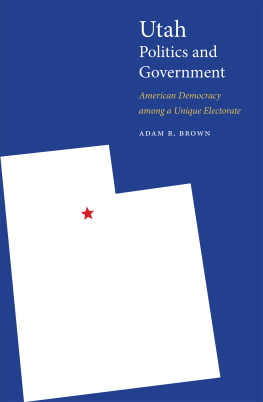
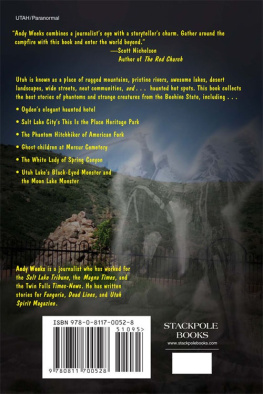
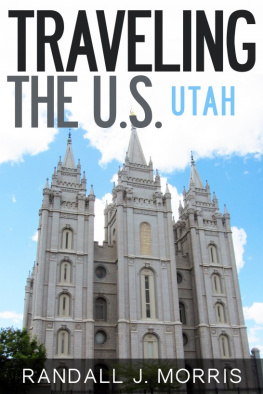
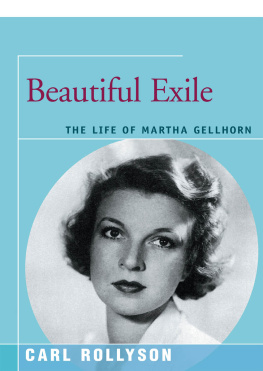
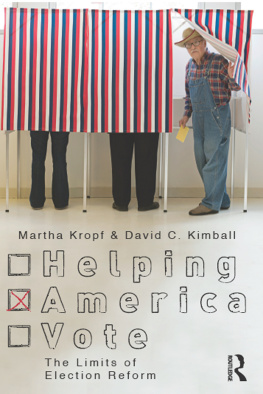
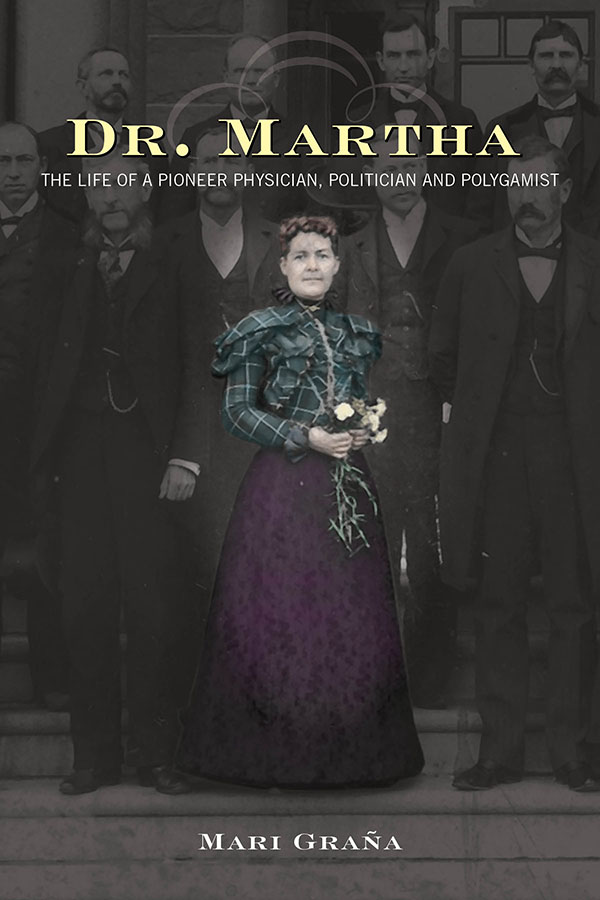


 The paper used in this publication meets the minimum requirements of American National Standard for Information SciencesPermanence of Paper for Printed Library Materials, ANSI/NISO Z39.48-1992.
The paper used in this publication meets the minimum requirements of American National Standard for Information SciencesPermanence of Paper for Printed Library Materials, ANSI/NISO Z39.48-1992.